8 Top Scorpion Species Suitable as Pets
Updated on 04/26/24
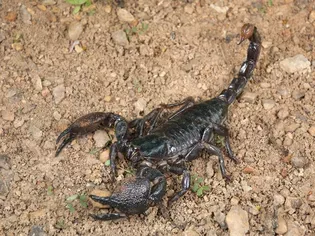
Embark on a Captivating Journey into the Enigmatic World of Scorpion Pets: A Comprehensive Guide to Eight Extraordinary Species
Welcome to the captivating realm of scorpion pets, where these enigmatic creatures unveil their multifaceted beauty and intrigue. From their alluring luminescent qualities to their diverse behaviors, scorpions offer a unique and compelling pet ownership experience.
In this comprehensive guide, we delve into the fascinating world of scorpion species suitable for pet keeping. Discover the captivating characteristics, care requirements, and intriguing personalities of these eight extraordinary species, empowering you to make an informed decision in selecting your perfect companion.
1. Emperor Scorpion (Pandinus imperator): The Regal Monarch of Scorpions
The Emperor Scorpion, a true titan among its kind, captivates with its imposing size and regal demeanor. With a body length reaching up to 8 inches and a glossy black exoskeleton, the Emperor Scorpion commands respect and admiration.
Originating from the rainforests of West Africa, this nocturnal behemoth requires ample space to roam, making a 10-gallon terrarium an ideal abode. Its diet consists primarily of crickets, roaches, and mice, ensuring a hearty and satisfying mealtime.
Despite its formidable appearance, the Emperor Scorpion is surprisingly docile, making it a suitable choice for experienced scorpion enthusiasts. However, utmost caution is advised when handling this majestic creature due to its venomous sting.
2. Asian Forest Scorpion (Heterometrus spinifer): The Arboreal Acrobat
The Asian Forest Scorpion, a master of camouflage, seamlessly blends into its arboreal habitat with its mottled brown and green exoskeleton. This agile species, native to Southeast Asia, exhibits exceptional climbing abilities, making it a captivating sight to behold as it navigates vertical surfaces.
A 5-gallon terrarium with ample branches and hiding spaces provides an optimal environment for this tree-dwelling scorpion. Its diet includes a variety of insects, such as crickets, mealworms, and dubia roaches.
The Asian Forest Scorpion, while possessing a venomous sting, is generally considered to be less aggressive than other scorpion species. Its defensive nature makes it more likely to flee than to attack, ensuring a relatively low-risk pet ownership experience.
3. Fat-Tailed Scorpion (Androctonus australis): The Desert Dweller
The Fat-Tailed Scorpion, a resilient inhabitant of arid regions, showcases remarkable adaptations to desert life. Its robust body, adorned with a pale yellow or tan exoskeleton, can withstand extreme temperatures and limited water availability.
Originating from North Africa and the Middle East, this scorpion requires a 5-gallon terrarium with a deep layer of sand or soil to mimic its natural habitat. Its diet consists primarily of crickets, mealworms, and occasional small vertebrates.
The Fat-Tailed Scorpion, true to its name, stores excess fat in its tail, providing a vital energy reserve during periods of food scarcity. While possessing a potent venom, it tends to be less aggressive towards humans, making it a suitable option for experienced scorpion keepers.
4. Deathstalker Scorpion (Leiurus quinquestriatus): A Cautionary Tale of Venom
The Deathstalker Scorpion, a formidable inhabitant of North Africa and the Middle East, commands both respect and caution due to its highly venomous nature. Its sleek, yellowish-brown exoskeleton and slender claws give it an air of elegance and danger.
A 5-gallon terrarium with a dry, sandy substrate provides an appropriate environment for this desert-dwelling scorpion. Its diet includes a variety of insects, such as crickets, mealworms, and roaches.
The Deathstalker Scorpion's venom, renowned for its potency and rapid onset, demands utmost caution when handling this species. Its sting can cause excruciating pain, severe swelling, and even life-threatening complications if left untreated. Only highly experienced scorpion enthusiasts should consider keeping this species as a pet.
5. Arizona Bark Scorpion (Centruroides sculpturatus): The Stealthy Predator
The Arizona Bark Scorpion, a master of disguise, seamlessly blends into its desert surroundings with its mottled brown and tan exoskeleton. This diminutive species, native to the southwestern United States and Mexico, exhibits remarkable survival skills in arid environments.
A 5-gallon terrarium with a rocky substrate and hiding spaces provides an optimal habitat for this desert-dwelling scorpion. Its diet includes a variety of insects, such as crickets, mealworms, and dubia roaches.
Despite its small size, the Arizona Bark Scorpion possesses a potent venom that can cause severe pain and neurological symptoms. Its secretive nature and nocturnal habits add to the intrigue and challenge of keeping this species as a pet.
6. Hairy Scorpion (Brachypelma albopilosum): A Gentle Giant
The Hairy Scorpion, a captivating inhabitant of Central America, stands out with its dense covering of long, velvety hairs. This docile species, known for its calm demeanor, makes an ideal companion for scorpion enthusiasts.
A 10-gallon terrarium with a deep layer of soil or coconut fiber provides a suitable environment for this terrestrial scorpion. Its diet consists primarily of crickets, mealworms, and dubia roaches.
The Hairy Scorpion, true to its reputation, exhibits a gentle and non-aggressive nature. Its sting, while painful, is generally considered to be less potent than that of other scorpion species, making it a relatively low-risk pet to handle.
7. Indian Red Scorpion (Hottentotta tamulus): The Fiery Charmer
The Indian Red Scorpion, a captivating species from the Indian subcontinent, showcases a vibrant reddish-brown exoskeleton. This relatively small scorpion, with a body length ranging from 2 to 4 inches, commands attention with its striking coloration.
A 5-gallon terrarium with a dry, sandy substrate and ample hiding spaces provides an optimal environment for this scorpion. Its diet includes a variety of insects, such as crickets, mealworms, and roaches.
The Indian Red Scorpion, while possessing a venomous sting, tends to be less aggressive towards humans. Its defensive behavior involves adopting a threatening posture and using its claws to ward off potential threats.
8. Giant Forest Scorpion (Heterometrus swammerdami): The Colossus of the Scorpion World
The Giant Forest Scorpion, a colossal inhabitant of Southeast Asia, ranks among the largest scorpion species in the world. Its massive body, reaching up to 12 inches in length, and intimidating black exoskeleton inspire both awe and respect.
A 20-gallon terrarium with a deep layer of soil or coconut fiber provides an ample living space for this arboreal scorpion. Its diet includes a variety of insects, such as crickets, mealworms, and dubia roaches, as well as occasional small vertebrates.
The Giant Forest Scorpion, despite its formidable size, exhibits a surprisingly docile nature. Its venom, while potent, is generally considered to be less dangerous than that of other scorpion species, making it a suitable option for experienced scorpion enthusiasts with ample space.
Conclusion: Embracing the Enigmatic Allure of Scorpion Pets
The world of scorpion pets offers an unforget
Explore More Pets

Exotic Pet Species
Should You Keep a Chimpanzee as a Pet?

Exotic Pet Species
Should You Keep a Raccoon as a Pet?
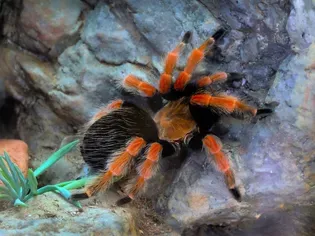
Exotic Pet Species
How to Care for a Pet Mexican Red-Knee Tarantula
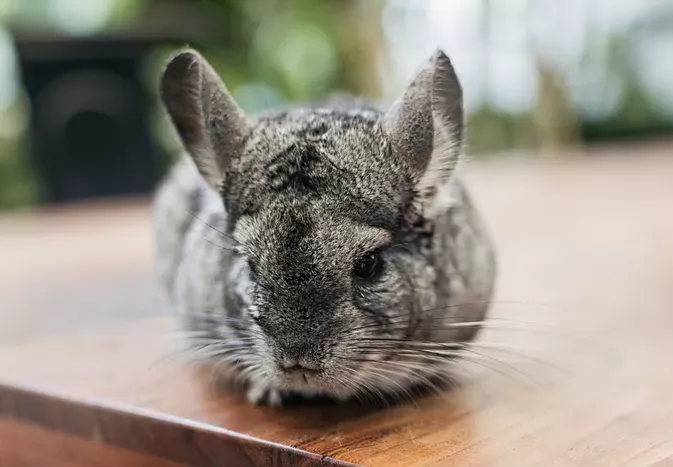
Exotic Pet Species
12 Best Exotic Pets for Apartment Living

Exotic Pet Species
Best Foxes to Keep as Pets
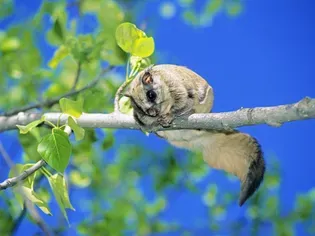
Exotic Pet Species
Should You Keep a Northern Flying Squirrel as a Pet?
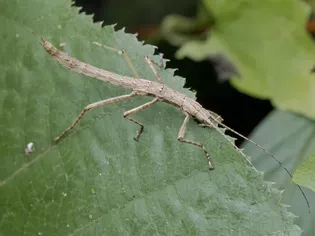
Exotic Pet Species
Should You Keep Stick Insect as a Pet?
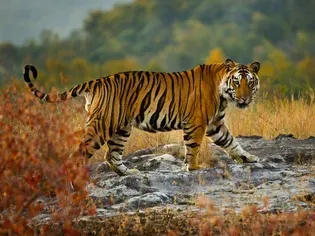
Exotic Pet Species
Should You Keep a Big Cat as a Pet?